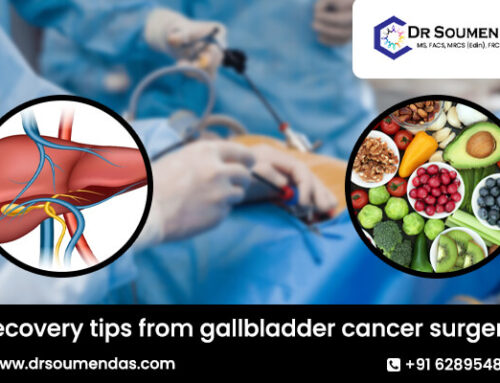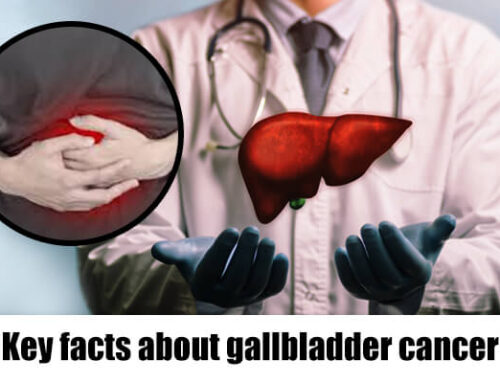According to Dr. Soumen Das, a breast cancer surgeon in Kolkata, a lumpectomy is a surgical procedure that removes cancerous breast tissue and a rim of normal tissue surrounding it, known as a surgical margin. The treatment preserves the rest of the breast as well as its feeling. Lumpectomy is also referred to as a wide local excision, segmental resection, or partial mastectomy by clinicians.
In this blog, Dr. Soumen Das answers some common questions regarding lumpectomy.
What is lumpectomy recovery like?
Lumpectomy recovery is unique to every woman. The time it takes to recover ranges from a few days to a week.
After a lumpectomy without a lymph node biopsy, you should be able to return to work in two or three days. You should be able to resume regular physical exercise, such as going to the gym, after one week.
You may need to take up to a week off work after a lumpectomy with lymph node biopsy to recover.
A lymph node biopsy is a test that involves the removal of a lymph node or a portion of a lymph node to examine the presence of cancer cells.
You may experience a variety of sensations in your breast as you heal, like tenderness, numbness, and twinges. These sensations usually come and go and fade away over time within the first several months following surgery. You may also notice scar tissue formation near your incision site while you heal. The area will feel hard; however, it should soften over several months, says the breast cancer surgeon in Kolkata.
Will I need a second lumpectomy?
Patients whose pathology results return positive for cancer cells in the margins (the healthy tissue around the tumor removed during a lumpectomy) require a second lumpectomy or re-excision lumpectomy.
During re-excision, doctors reopen the surgical site to remove an additional margin of tissue in the hopes of obtaining a cancer-free margin. This process is also referred to as “cleaning the margins.”
Will I need a surgical drain after lumpectomy?
A surgical drain is a rubber tube inserted during surgery to collect excess fluid from the location where the tumor was removed. The drain is attached to a suction-capable plastic bulb.
Whether surgical drain will be left in, depends on your surgeon. Therefore, discuss any concern you have about surgical drain with your health care team before surgery.
Will a lumpectomy change the appearance of my breast?
A lumpectomy, according to a breast cancer surgeon in Kolkata, leads to minimal scarring or breast change. In the case of extensive surgery, there are several options for improving the appearance of the breast. The options include breast lifts, breast reduction surgery, tissue rearrangement, and, in some situations, cosmetic plastic surgery on the other breast to make them look the same.
Do I need additional breast cancer treatment in Kolkata after a lumpectomy?
The best breast cancer doctor in Kolkata often advise women under 70 who undergo a lumpectomy to have radiation therapy on the affected breast. This eliminates any stray breast cancer cells that remain after surgery and keep cancer from returning. This method, also known as breast conservation therapy, has been shown to be just as successful as mastectomy in treating early-stage breast cancer.
Chemotherapy, targeted therapy, and hormone therapy are also beneficial to many women. All of these treatments aim to lessen the likelihood of breast cancer recurring or spreading.







Leave A Comment